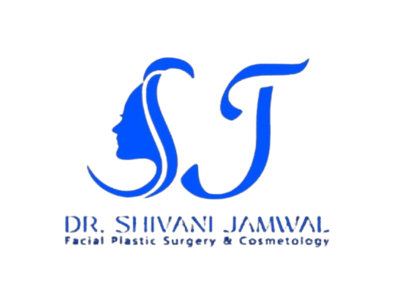+919113043886

This is your website preview.
Currently it only shows your basic business info. Start adding relevant business details such as description, images and products or services to gain your customers attention by using Boost 360 android app / iOS App / web portal.
Description
Jaw correction surgery, also known as orthognathic surgery or jaw surgery, is a procedure designed to address significant misalignments or abnormalities in the upper or lower jaw. The surgery aims to improve both the functional aspects of the bite and the overall facial aesthetics. Here is an overview of the jaw correction surgery treatment process: Consultation and Evaluation: The process begins with a consultation with an oral and maxillofacial surgeon or a facial plastic surgeon who specializes in jaw surgery. The surgeon evaluates the patient's facial structure, jaw alignment, bite relationship, and overall oral health during the consultation. Diagnostic Imaging: To plan the surgery accurately, the surgeon uses various diagnostic imaging techniques, including X-rays, CT scans, and 3D imaging. These images provide detailed views of the facial bones, allowing the surgeon to identify the nature and extent of the jaw misalignment. Treatment Planning: Collaborating with orthodontists, the surgeon develops a comprehensive treatment plan to address the specific jaw misalignment issues. The treatment plan outlines the precise movements and adjustments needed for the upper and/or lower jaw. Orthodontic Preparation: In many cases, patients undergo preoperative orthodontic treatment to align the teeth and create an optimal bite relationship before surgery. This may involve wearing braces for several months to ensure the teeth are in the correct position for surgery. Surgery Day: Jaw correction surgery is typically performed in a hospital setting under general anesthesia. The surgeon makes incisions inside the mouth to access the jawbones, avoiding external scars. Depending on the specific corrections needed, the surgeon may reposition the upper jaw (maxilla), lower jaw (mandible), or both. Bone cutting (osteotomy), repositioning, and fixation with plates and screws are common steps. The soft tissues (muscles and skin) are adjusted to accommodate the new jaw position. Postoperative Recovery: After surgery, patients typically spend some time in the hospital for initial recovery and monitoring. Swelling, bruising, and discomfort are common and can be managed with pain medication and proper care. A liquid or soft diet may be recommended during the initial healing phase. Postoperative Orthodontics: Following surgery, patients continue with orthodontic treatment to fine-tune the bite relationship and ensure the proper alignment of the teeth. This postoperative orthodontic phase may involve adjustments to braces and can last several months to a year or more. Follow-up Appointments: Regular follow-up appointments with the surgeon and orthodontist are scheduled to monitor progress and make necessary adjustments. Healing continues over several months, and the final results become more apparent as the bones fully heal.

